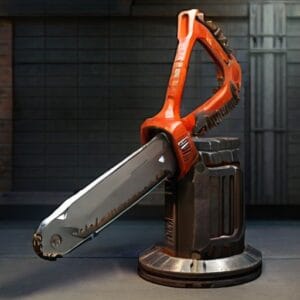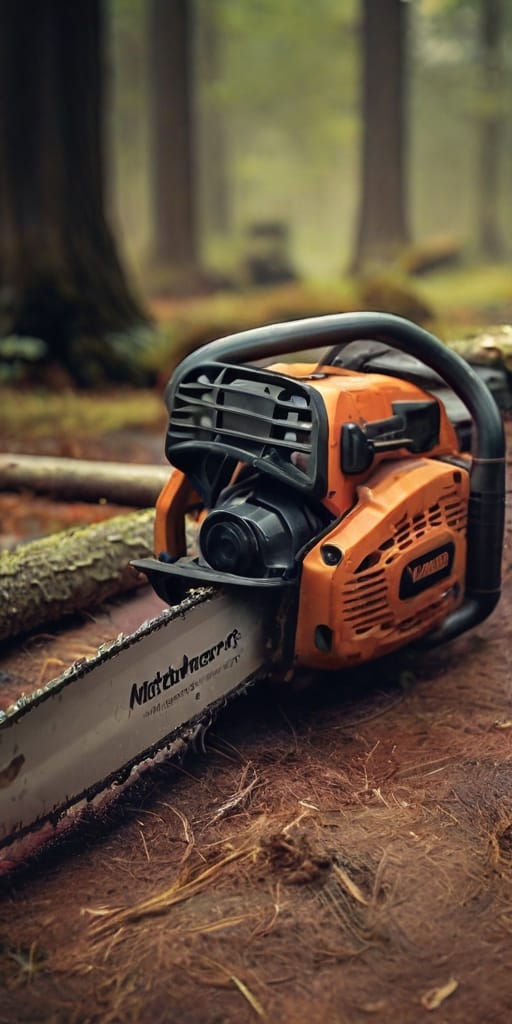Are you interested in learning about the various chainsaw chain types? Or perhaps you’re curious about which chain type is best suited to your needs. If so, this post is perfect for you! Below, you’ll find a detailed description of the different types of chainsaw chains used for cutting wood.
The purpose of this guide is to provide you with a comprehensive overview of every type of chain used on chainsaws. With this information, you’ll be able to choose the most suitable chain type for your needs. Also, don’t forget to check out my best budget chainsaw reviews. That page shows you the top chainsaws you can buy at the lowest prices. Or, if you want to see the highest-rated models, visit my best-rated chainsaw reviews.

Special Chainsaw Types: A Friendly Chat
Hey folks, let’s gather ’round and talk about some special types of chainsaws that are designed for specific tasks. These aren’t your everyday chainsaws, so let’s dive into what makes them unique and why they might be just what you need for certain jobs.
Square Ground Chainsaws
First up, let’s talk about square ground chainsaws. These bad boys use a full chisel chain and are designed specifically for professional use. If you need to cut through wood quickly and efficiently, this is the chainsaw for you. The square edges of the cutters make them far more effective than round-edged cutters.
However, even though they don’t dull particularly quickly, square ground chainsaws do require regular sharpening and maintenance. And here’s the kicker—they can be pretty tricky to sharpen with regular tools. You’ll often need a bench grinder or other professional equipment to get the job done right.
As a carpenter, I find square ground chainsaws invaluable for heavy-duty tasks. When I’m on a big job site where speed and efficiency are critical, these chainsaws are my go-to. Just make sure you have the right tools and know-how to keep them sharp!
Ripping Chainsaws
Next, let’s discuss ripping chainsaws. These chainsaws use a semi-chisel cutter with specially angled teeth that are shallower than any other type. This design is perfect for use in chainsaw mills, where the goal is to cut planks quickly and in high volumes.
The unique angle of the cutter—only 10 degrees—makes this chainsaw ideal for creating very smooth surfaces as it cuts. This is crucial when you’re milling lumber and need the finished product to be as smooth as possible.
In my woodworking shop, I often use ripping chainsaws when I’m preparing lumber for fine woodworking projects. The smooth cuts they produce save me a lot of time on sanding and finishing later on.
So there you have it! Whether you’re a professional needing a high-efficiency chainsaw or you’re working in a mill cutting planks, understanding these special types of chainsaws can help you choose the right tool for the job. And as always, regular maintenance is key to keeping your equipment in top shape. Happy cutting, everyone!
